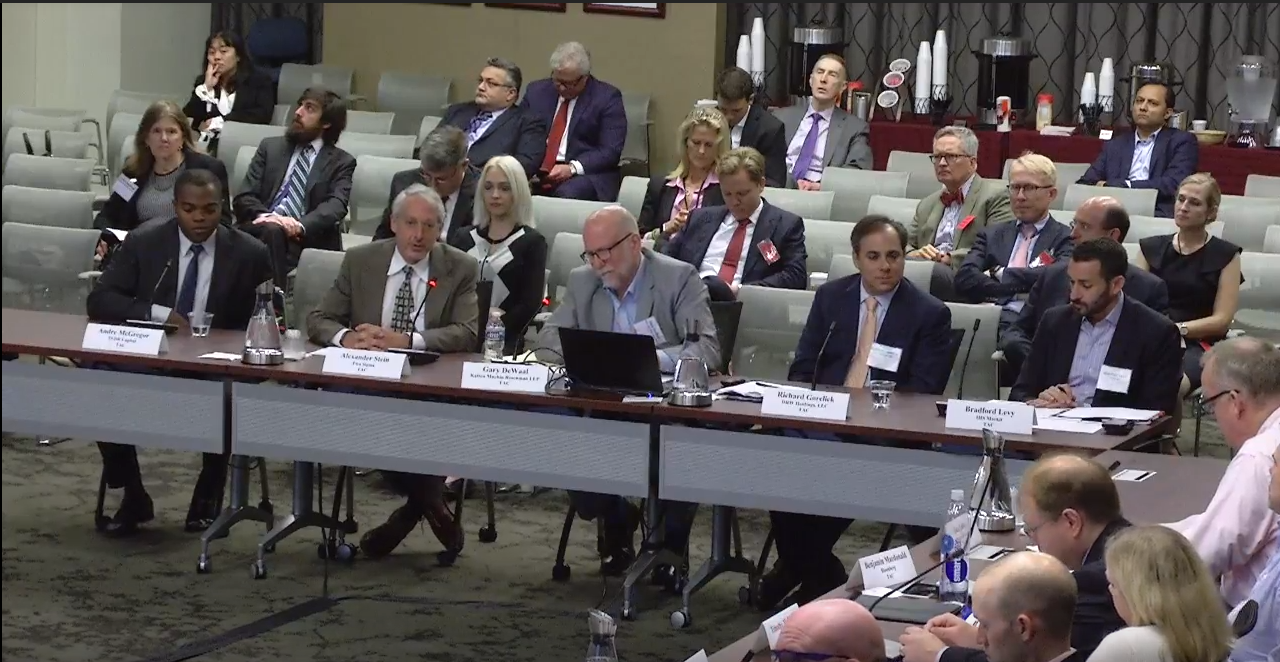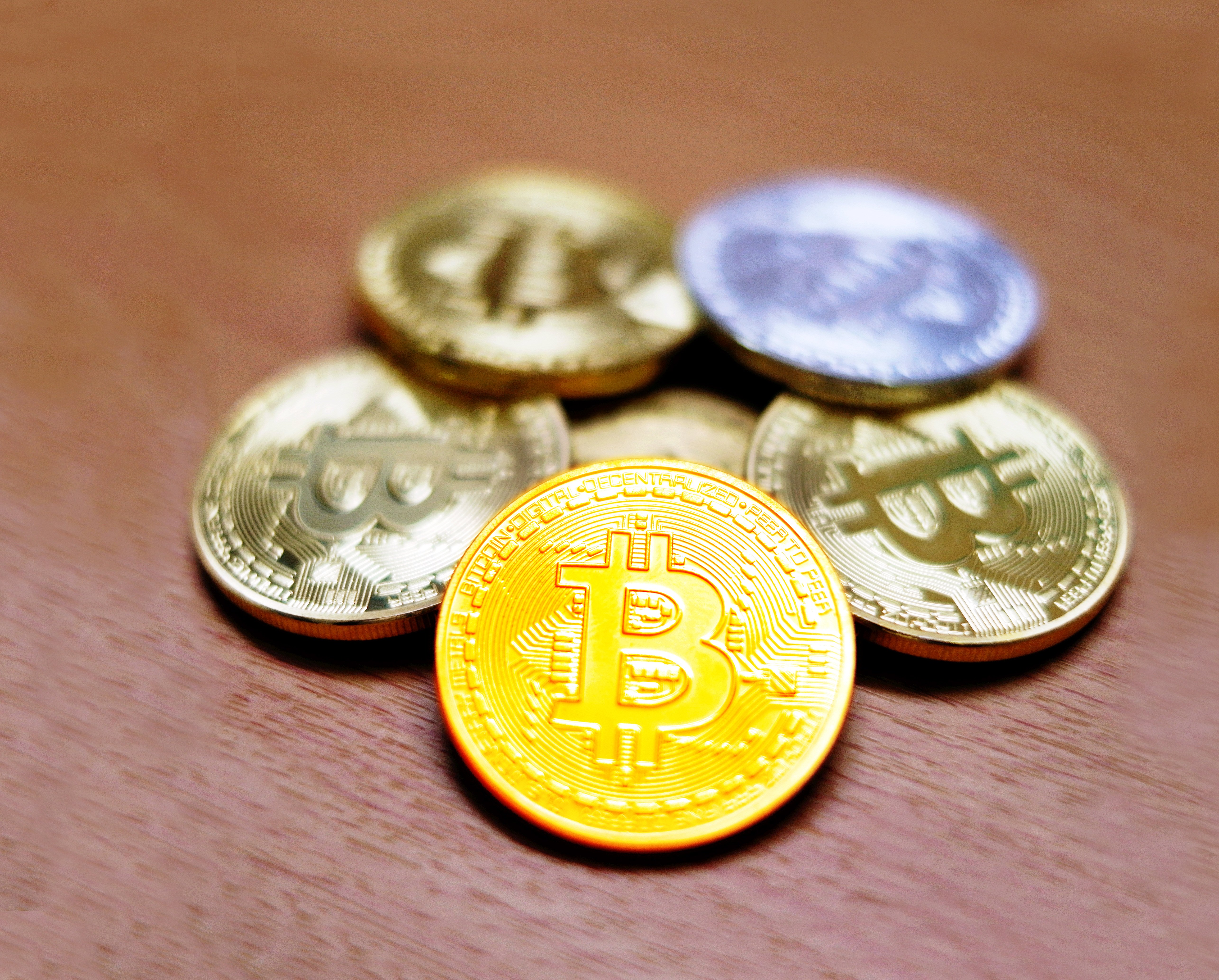Elon, You Don’t Need Crypto to Do Twitter Payments
You’ve heard the script before. Migrants need to make payments back home to their family, but cross-border payments are achingly slow, taking days to process. Luckily, revolutionary new technologies like blockchains, stablecoins, and central bank digital currency (CBDC) are on the verge of speeding things up, or so their advocates claim.
Even Elon Musk has joined in. In an interview last month, Musk says that the banking system is “still not real-time” and “quite inefficient,” and suggests that his social network, Twitter, may be able to do something about this. His subsidiary, Twitter Payments LLC, just got its first money transmitter license yesterday from the state of New Hampshire, suggesting that he means business.
J.P. Koning, a CoinDesk columnist, worked as an equity researcher at a Canadian brokerage firm and a financial writer at a large Canadian bank. He runs the popular Moneyness blog.
Alas, the script is based on dubious assumptions, and money transfer company Wise (previously Transferwise) is a great example of why. Wise, based in London, now processes 55% of its customers’ cross-border payments instantly, up from under 10% back in 2018. Wise doesn’t rely on blockchains, stablecoins, or CBDC to get up to speed. It uses boring already-existing architecture.
The Wise example suggests that would-be challengers like Elon Musk’s Twitter and advocates of blockchains, stablecoins and CBDCs may need to update their views on the incumbent infrastructure they are looking to displace.
Take Elon, for example, who helped found PayPal in 1999 and therefore knows a little bit about the payments system. In his recent interview, he describes the financial system as a heterogenous set of databases that “slowly engage in batch processing.”
Having subsequently switched his focus from retail payments to rockets and cars in 2000, what Musk seems to have missed is that batch processing of retail payments has been increasingly displaced by real-time processing. Under the older batching systems that prevailed when Elon was still at PayPal, streams of retail payment instructions would be accumulated over the course of the day into a big batch. Come evening-time or the following day that entire mass of payments was cleared and settled. Only then would the money be made available to the recipient.
Batching was efficient, but slug-like.
But then the global payments landscape entered into an era of transformation. Central banks began to build a new generation of payments infrastructure: real-time retail payments systems.
These new retail payments systems process incoming retail payments on a first-come first-serve basis, and do so instantly. The central banks that offer these systems keep them open through the night and during weekends. Banks and fintechs can in turn plug into these new pieces of public infrastructure in order to offer their customers 24/7 instant payments.
The world’s first real-time retail system, Zengin, was built in 1973 by the Bank of Japan, but the movement really only hit its stride in the 2000s as Korea, Mexico, and the UK sped up their capabilities. India and China went real-time in the early 2010s. The U.S. finally got its first instant retail payments system in 2017, with the debut of the Real-Time Payments network, run by privately-owned The Clearing House. It will get its second such system this summer as the Fed introduces its FedNow payments network.
According to a 2021 BIS report, over 60 jurisdictions currently now have real-time retail systems in place running alongside their older batch retail systems. This is up from almost none back when Elon was working in the payments sector.
This new generation of real-time retail payments systems is a big part of why Wise can move 55% of its customers cross-border payments instantly. Here’s how it works.
Say a Wise customer in Ireland wants to send 500 euros to a family member in India. First, the money must be moved from the customer’s Irish bank account to Wise’s account at another Irish bank. In the old days of batch processing, this leg of the remittance would have taken a day or two. Thanks to the European Central Bank’s TARGET instant payment settlement (TIPS) system, introduced in 2018, a flow like this can now occur in just a few moments.
Having received its customer’s 500 euros, Wise can now proceed to the next stage: paying out 44,000 rupees to the recipient in India. To do so it will have to transfer funds from its account at an Indian bank to the recipient’s bank. In the days of batch processing, that meant adding another day or two of waiting. Nowadays, courtesy of India’s Immediate Payment Service (IMPS), when Wise sends 44,000 rupees to the family member’s bank account the payment can be processed in a second or two.
In sum, the Irish and Indian legs of a modern remittance can be processed in a few heart beats, much faster than the multiple day lags that dominated 20 years ago.
As more and more countries install real-time payments systems, and as Wise integrates itself with them, the proportion of Wise remittances settled in real-time will move ever closer to 100%.
None of this is to say that there is no space in the cross-border payments landscape for a Twitter-based payments option, stablecoins, or blockchains. There is! It simply means that the incoming competitors need to update their oppo research. Traditional finance isn’t the oaf that it is so often made out to be. It already has the technological capability for doing instant cross-border payments, which means the rebels will have to find other factors to differentiate themselves by.
Nor is this spreading bedrock of real-time infrastructure that I’ve just described at all incompatible with the new entrants. If Elon wants to build an instant Twitter payments network, he’ll find the web of central bank real-time systems that have blossomed during his 20-year interlude outside the payments space to be a very useful set of rails on which to build.
As for stablecoins and blockchain-based offerings, they too may find it useful to be integrated into 24/7 central bank instant payments systems. For instance, if a DeFi speculator wants to move $10,000 from their bank into a stablecoin at 11PM on Saturday evening in order to take advantage of a fleeting DeFi arbitrage opportunity, and then move the funds back into their bank account by 11:01 PM, central bank instant payments systems can make this possible.
Let a thousand instant payments options bloom, built on top of central bank instant rails.









